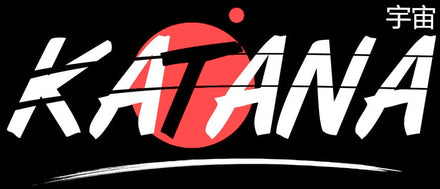Japan boasts the origins of a myriad of traditional martial arts, but none are as distinct as kendo. Unlike unarmed combat or wrestling, kendo revolves around the art of swordsmanship, carrying on the legacy of Japan's iconic samurais. If you have even the slightest curiosity about this martial art form and its rich samurai heritage, you should definitely consider including it in your itinerary for your next visit to Japan.
The Rich History of Kendo

Kendo, known as "the way of the sword," is a Japanese martial art of sword combat that flourished in the late 18th century. Its inspiration can be traced back to kenjutsu, a popular sword combat practice among samurais. The late 17th and early 18th centuries saw the use of bamboo swords and protective armor, enabling full-force strikes in various sword combat disciplines.
In 1946, kendo faced a ban in Japan, as the government at that time was cautious of combat-related practices. However, it made a comeback in 1950 under the name "Shinai Kyougi" and was later renamed "kendo" in 1952. The All Japan Kendo Federation (AJKF) was established in 1952, which considers kendo an educational sport rather than just a martial art. The International Kendo Federation (FIK), founded in 1970, serves as the global governing body for kendo with numerous affiliated organizations worldwide. Notably, there are kendo tournaments, including the prestigious World Kendo Championship, held every three years.
At its core, kendo embodies the values set by the AJKF. It serves as a means to discipline the human character by applying katana principles. The ultimate goal is to cultivate a vigorous spirit and enhance one's art of kendo through rigorous training. It also emphasizes the significance of human courtesy, honor, sincerity, self-cultivation, and contributing positively to society, culture, and global harmony.
Essential Kendo Equipment

Distinct from some other martial arts, kendo necessitates several essential pieces of equipment. These items originated as training gear for samurais to minimize the risk of severe injuries during practice. As the art revolves around swords, the shinai, a bamboo weapon resembling a sword, is a must-have. Although not sharpened like an actual sword, the shinai can still cause injury upon impact.
To ensure safety during training and matches, practitioners wear the bōgu, a complete set of armor, comprising a helmet (men), gloves (gantelets), a chest protector (plastron), and protection for the groin and legs.
The Conduct of a Kendo Match

Enthusiasts of kendo are commonly referred to as "Kendoka" or "Kenshi". The practice of kendo demands not only physical strength but also mental fortitude. The practitioner must remain undisturbed by the illusions of anger, doubt, fear, or surprise, which are collectively known as "the four diseases of kendo". In kendo, vocalization and footwork play significant roles, making it a vibrant and spirited martial art. Practitioners typically train on wooden floors, akin to a gymnasium, where footwear is not worn.
Kendo distinguishes itself from other combat sports like wrestling and judo in that it lacks weight or size classes to separate competitors. Players employ bamboo swords to strike designated target areas on their opponents' protective gear, mainly the men (helmet), do (chest protector), and kote (gloves). Points are awarded when these targets are hit decisively.
Kendo matches are fast-paced, with competitors seeking opportunities to score points by finding openings to strike, parrying their opponents' attacks, or disrupting their postures to create openings. While most kendo competitions are held indoors, some take place outdoors on shrine or temple grounds surrounded by trees, offering participants a unique experience reminiscent of ancient Japan.















